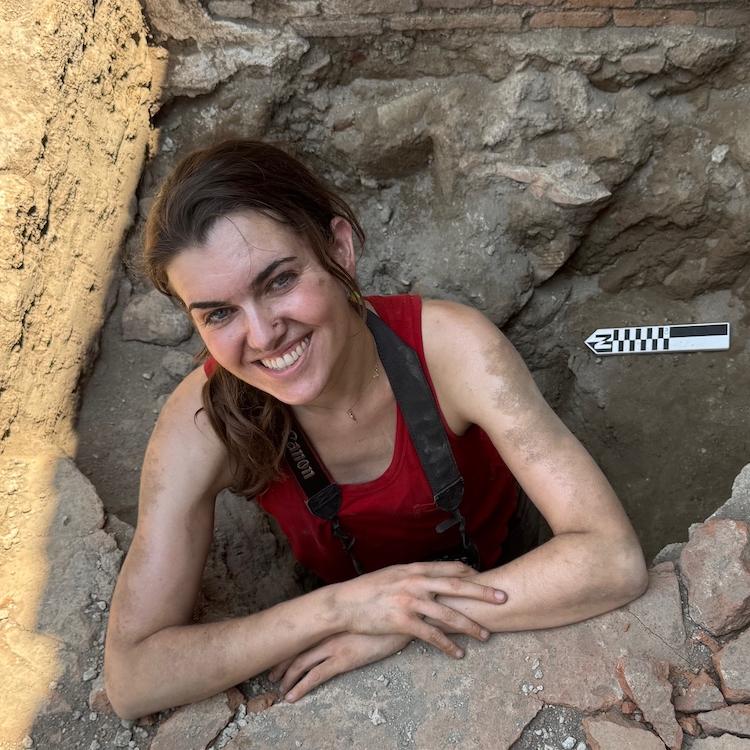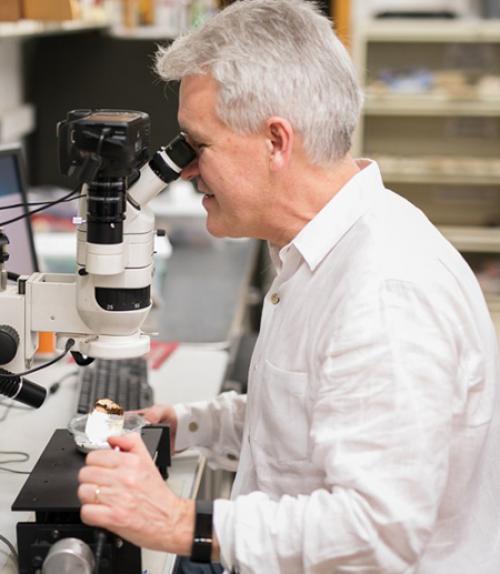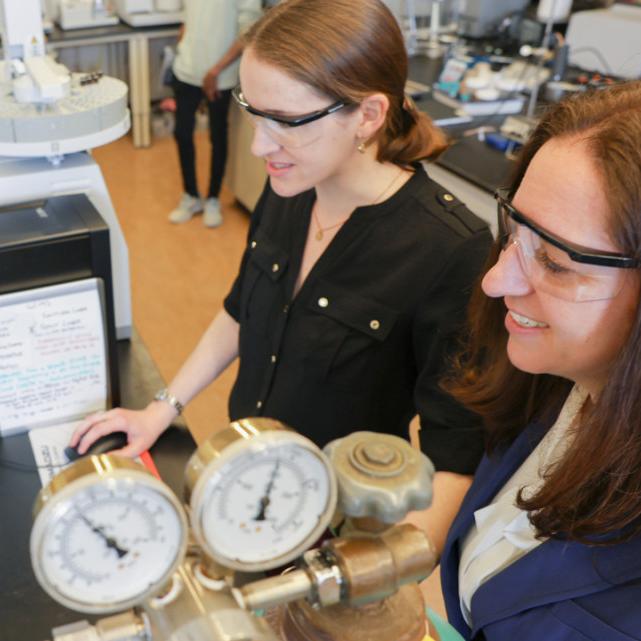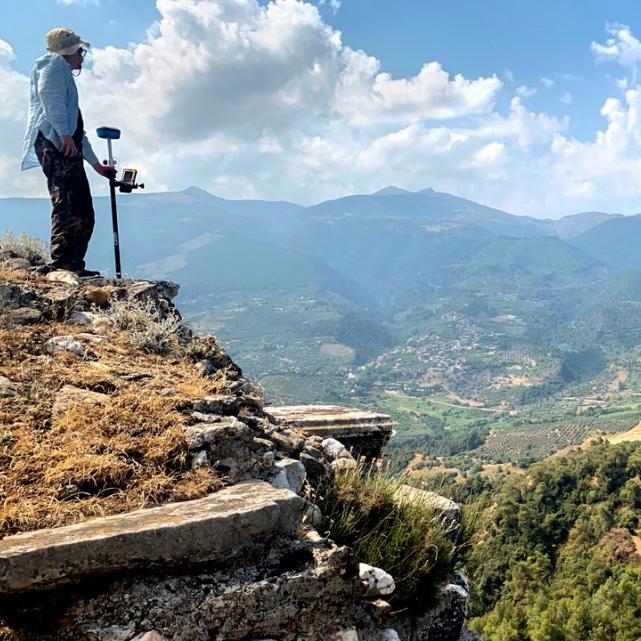
 Department Homepage
The College of Arts & Sciences
Department Homepage
The College of Arts & Sciences
New study upends timeline of Iroquoian history
New research by an international team raises questions about the timing and nature of early interactions between indigenous people and Europeans in North America.




